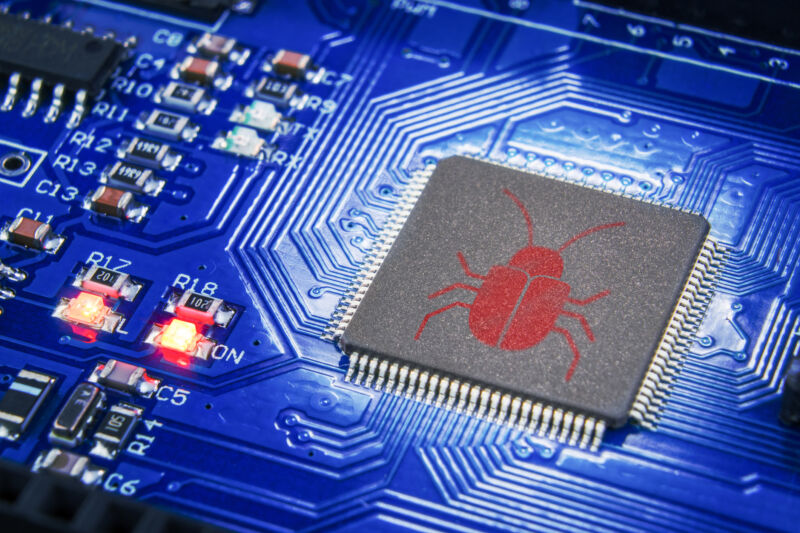Enlarge / The California State Capitol Building in Sacramento. (credit: Getty Images)
California’s “Safe and Secure Innovation for Frontier Artificial Intelligence Models Act” (a.k.a. SB-1047) has led to a flurry of headlines and debate concerning the overall “safety” of large artificial intelligence models. But critics are concerned that the bill’s overblown focus on existential threats by future AI models could severely limit research and development for more prosaic, non-threatening AI uses today.
SB-1047, introduced by State Senator Scott Wiener, passed the California Senate in May with a 32-1 vote and seems well positioned for a final vote in the State Assembly in August. The text of the bill requires companies behind sufficiently large AI models (currently set at $100 million in training costs and the rough computing power implied by those costs today) to put testing procedures and systems in place to prevent and respond to “safety incidents.”
The bill lays out a legalistic definition of those safety incidents that in turn focuses on defining a set of “critical harms” that an AI system might enable. That includes harms leading to “mass casualties or at least $500 million of damage,” such as “the creation or use of chemical, biological, radiological, or nuclear weapon” (hello, Skynet?) or “precise instructions for conducting a cyberattack… on critical infrastructure.” The bill also alludes to “other grave harms to public safety and security that are of comparable severity” to those laid out explicitly.









